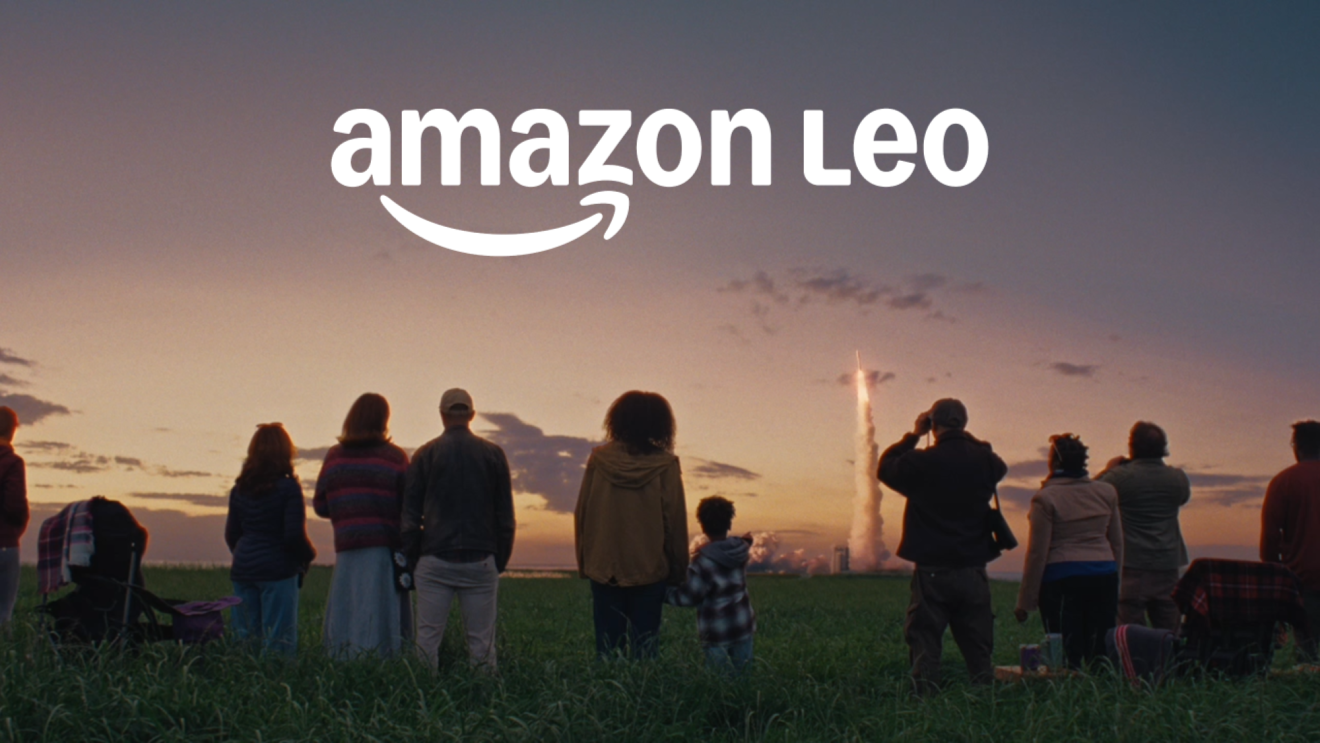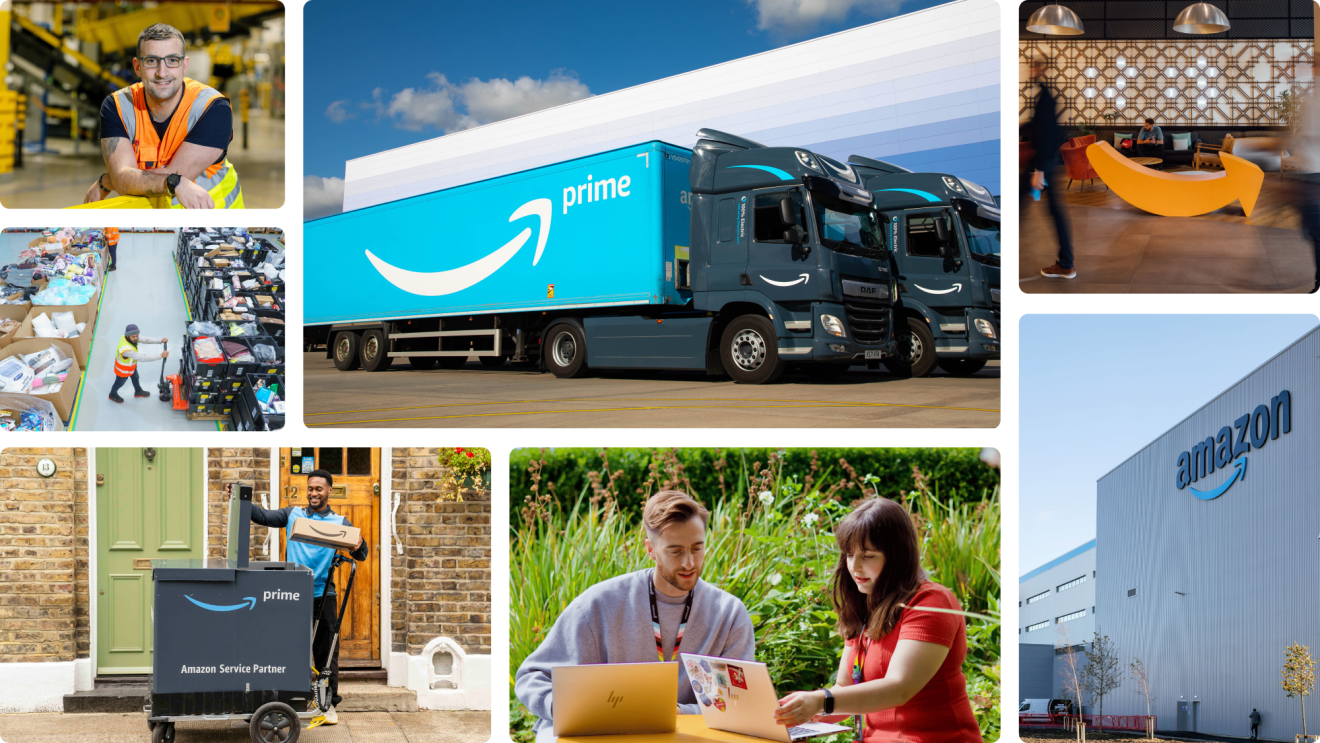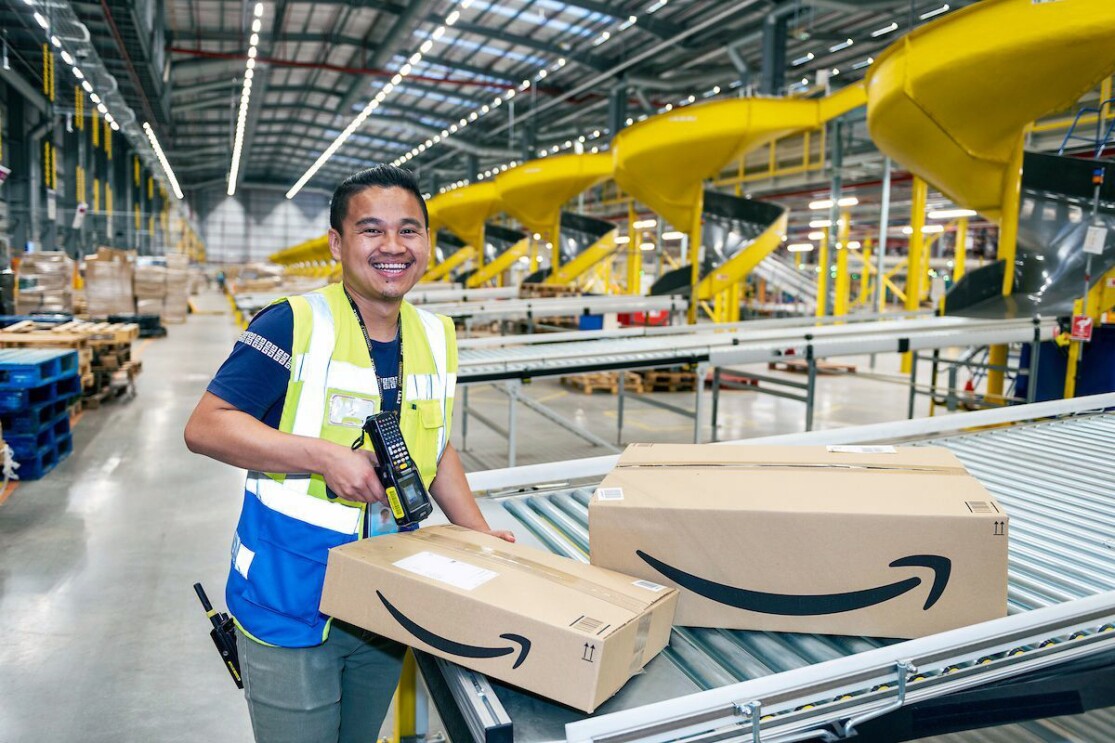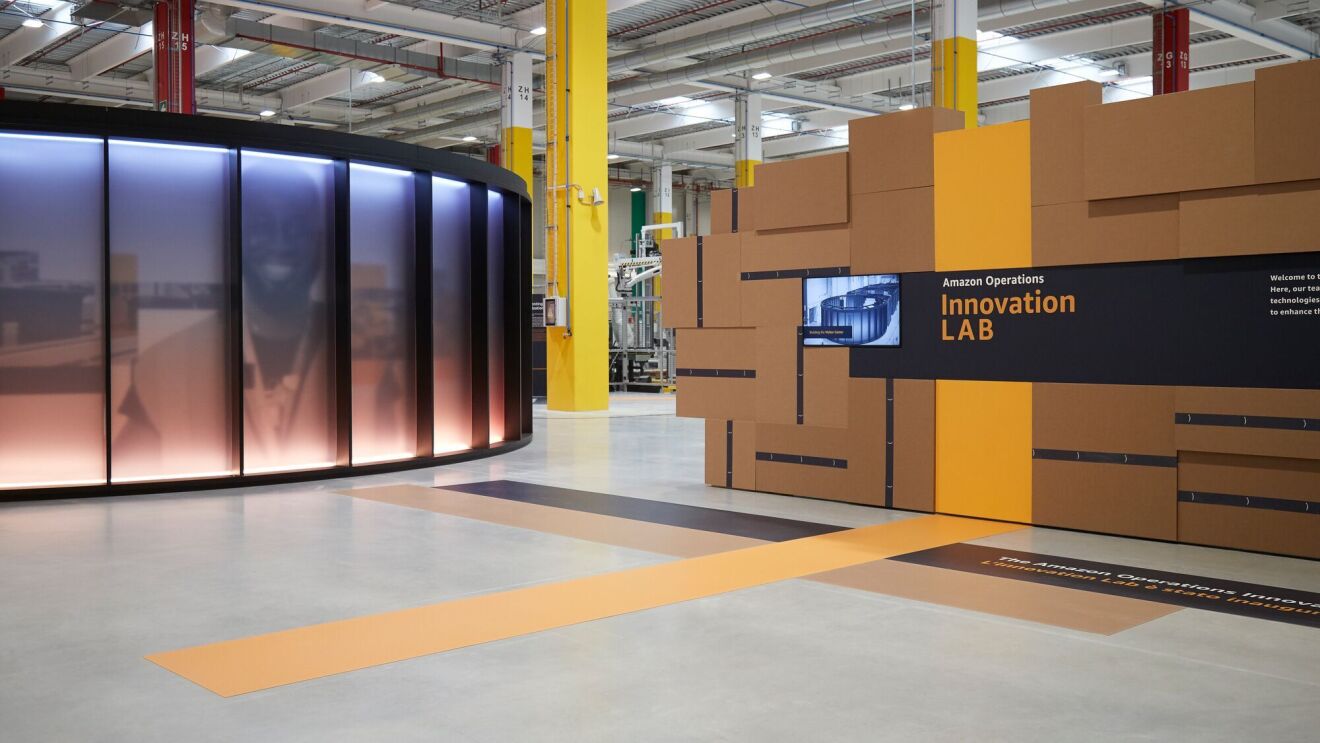Amazon’s goal is to ensure our customers across the UK are completely satisfied with any products they buy. But what happens when customers do return an item, or to products that aren’t or can’t be sold?
We do not send any items to landfill in the UK and our priority is to resell, recycle or donate any unsold products to charitable organisations. Only as a last resort, after we have recycled everything that can be recycled, we will send the remaining material to energy recovery, which is a way of processing non-recyclable waste and turning it into usable sources of energy.
We are committed to reducing our environmental footprint and building a circular economy programme with the aim of reducing returns, reusing and reselling products, and reducing disposals. We are working towards an ambition of sending zero products to energy recovery.
Managing product returns and unsold stock is challenging, not just for Amazon, but for all retailers, both online and offline. Our approach is to build an extensive circular economy programme with the goal of reducing returns overall and increasing reuse and resale of products. We start by helping customers make informed purchase decisions to get what they want the first time – from detailed product information pages to customer reviews, and much more.
We’ve also invested in services to help customers keep and use what they bought like comprehensive tech support and help. And should a customer want to return an item, Amazon offers a number of no-cost, hassle-free, and convenient ways to do so.
So what happens if a customer moves forward with a return? At Amazon, every returned item is put through a detailed inspection process, which is applied both to items originally sold by Amazon and to those shipped on behalf of our selling partners. If it’s brand new and meets our high-quality standards, the item is tagged as “new” and is re-listed for sale. In fact, most of our returned products can be resold this way. But what happens for items that can’t be resold as new? It depends on who owns the product – Amazon or one of our many third-party selling partners.
Returned goods that were sold by Amazon and are not fit to be resold as new go through further detailed inspection to tag the product for its next best use: return to the supplier, resell as used through Amazon Warehouse or other channels, or donate to a number of charities across the UK.
We also have many ways of donating items. One of those ways in the UK by working with In Kind Direct, a national charity that manages the donation of surplus products to charities across the country. Through this partnership, Amazon has donated to over 2,000 charities and volunteer organisations who are able to access product donations to address a range of issues, from emergency relief and animal welfare to support for the elderly and homelessness. In Kind Direct makes donating large quantities of goods easy, allowing companies to achieve trackable, broad impact through a single point of contact and ensuring product donations go to those who need them most.
Only if there is no other option (for example, due to hygienic reasons or because they are damaged, or they cannot be recycled) we will send products for energy recovery. These options remain the last resort for us – environmentally and economically.
More than half of the products sold on Amazon worldwide are from third-party selling partners who own the inventory and decide what to do with it. In many cases, they choose to use a service called “Fulfilment by Amazon”, where we store and ship the products for them, as well as handle customer service and returns. Since we don’t own these goods, it’s up to those selling partners to decide what to do with returned products.
To help ensure that they can make sustainable choices, we work hard to offer mechanisms to our selling partners that are similar to the ones we use for items owned by Amazon. We’ve introduced a number of innovative ways selling partners can take advantage of Amazon’s fulfilment network – like new product end-of-life solutions via Solutions Provider Network pages, enabling selling partners to independently reach out to select resellers, or have their products donated to charities.
Additionally, our fee structure provides incentives for selling partners to choose sustainable removal options over disposal. And we are working on additional services for them around resale – with the goal to introduce mechanisms that increase reuse and minimise product destruction, like we have for Amazon-owned inventory.
In 2019 we launched the Fulfilment by Amazon (FBA) Donations programme to help bring even more items to those in need. FBA Donations is an easy, automatic way for sellers using FBA to donate their overstock or returned items. The entire FBA Donations process is “hands off” for sellers—from coordination to delivery — because we use our supply chain and operational expertise so that the right items get to the right charity partners to help more people to benefit, and give more products a second life.
Since its launch, FBA Donations has provided more than 20 million products from sellers using FBA to charitable organisations around the world, partnering with many charitable organisations in the UK including Age UK, Barnardo’s, the British Heart Foundation, and Cancer Research. Some of these donated items have included household appliances, tools, school supplies, children’s items, clothing, and more, helping people impacted by COVID-19.
Amazon is also committed to minimising waste and helping our customers to reuse, repair, and recycle their used products, as well as reducing packaging waste and using less packaging material. We provide a range of options through the Amazon Second Chance website, and customers can recycle electronics through pre-paid postal return and home collection services on our Amazon Recycling website.
Initiatives like the Frustration-Free Packaging Programmes encourage manufacturers to package their products in an easy-to-open packaging that is 100% recyclable and ready to ship to customers without Amazon boxes. To date, Amazon has reduced the weight of outbound packaging by 36% and eliminated more than 1 million tonnes of packaging material, the equivalent of more than 2 billion shipping boxes.








